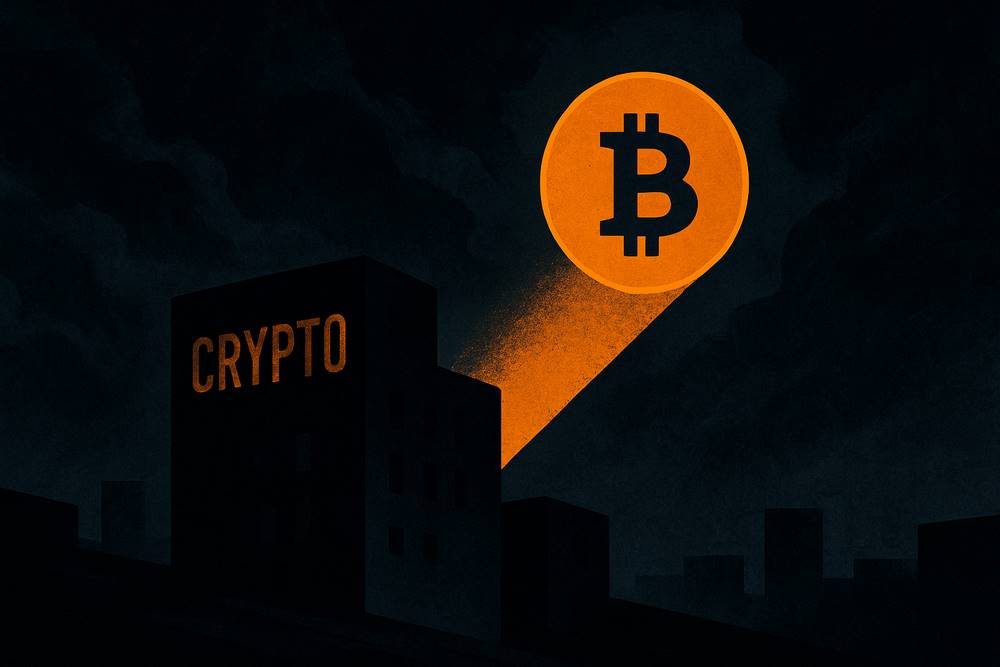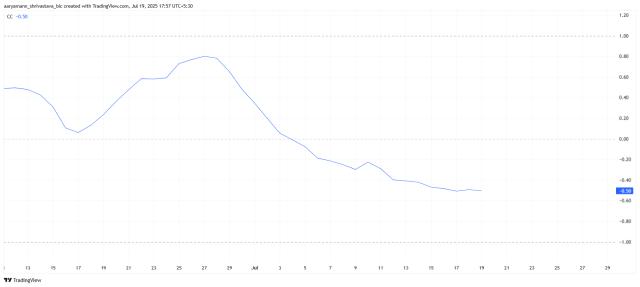Author: Zen, PANews

Vintage originally referred to the "year" of wine,, where good years are nature's gift of to humans, and poor years are marred by weather and soil deficiencies. In funds, the "year" is also called Vintage, just as a wine's reflects its terroir", a fund's is a of economic cycle, directly directly impacting returns.
<>>Rise and Fall by Bubble>abpause in investment investments reflects the current predicpredicament of crypto VVCs: institutional fundraising and project investment enthusiasm are both declining, token listing lock-up models are increasingly questioned, and flexible investors are even hedging their their portfolios through secondary market and hedging operations. the backdrop of high macro interest rates, unclear regulation, and internal industry challenges VCs are experiencing their most severe adjustment period. Current especially for funds around 2021, the has intensified the difficulty of exit strategies.>Cypher Capital's co co-founder Bill Qian disclosed their fund's performance's performance, "We invested in 10++ VC funds this cycle, with excellent GPs who captured top projects. But for our overall VC fund investment (as LPs), we've already done 60% accounting write-downs, hoping to recover 40% of the principal. added, "Sometimes you do nothing wrong, but are defeated by time and vintage." However, he remains optimistic about the next crypto VC cycle, believing in the principle of "things will reverse when they reach an extreme." Just as Web2 VCs in Silicon Valley were wiped out in 2000, subsequent years became fertile ground for innovation and investment. <"capital carnival" of 2021-2022 was not just due to internal industry creativity and the prosperity of DeFi, Non-Fungible Tokens, and chain games, but also related to the special era's background. Affected by COVID-19, central banks implemented massive quantitative easing and zero interest rates, leading global to liqu, with "hot money" seeking high-return assets—an environment dubbed "Everything Bubble". The emerging crypto industry became one of its key beneficiaries.
Facing such a trend, crypto venture capital firms obtaining funds began "lifting" investments, betting on conceptual tracks with large-scale investments, less rational analysis of projects' intrinsic value. Similar to tech stock bubbles, this crazy investment detached from fundamentals and short-term rises essentially represented "expectation pricing" under ultra-low capital costs.
[The translation continues in this professional and accurate manner, maintaining the original text's nuances and technical terminology.]However, with the emergence of Bitcoin ETF, which provides a more convenient and lower-cost compliant investment path, the original capital flow logic of the industry has begun to change. A large amount of funds that might have flowed to early venture capital funds or Altcoins have chosen to remain in ETF products, turning into passive positions. This not only interrupts the previous capital rotation rhythm of Altcoins rising after Bitcoin, but also makes Bitcoin increasingly decoupled from other tokens in terms of price trends and market narrative.
Under the continuous suction effect, Bitcoin's dominance in the entire crypto market continues to rise. According to TradingView data, as of April 22, Bitcoin's market dominance (BTC.D) has risen to 64.61%, reaching a new high since February 2021. This indicates that Bitcoin's position as an "institutional entry point" is becoming increasingly consolidated.
The impact of this trend is multi-layered: traditional capital is increasingly concentrated on Bitcoin, making it difficult for Web3 startup projects to obtain sufficient financing attention; for early VCs, token exit channels are limited, secondary market liquidity is weak, leading to extended payback periods and difficult profit realization, forcing them to slow down or even suspend investments.
Moreover, the external environment is equally severe: high interest rates and increasingly tight liquidity make LPs hesitant about high-risk allocations, while regulatory policies continue to evolve but remain incomplete.
As Rui from Hashkey Capital wrote on Twitter: Will there be a desperate counterattack like in 2020? Many friends are pessimistic, so they are leaving the market. Their logic is simple and effective. On one hand, all users who should have entered have already entered, everyone is accustomed to the Casino-style play, accustomed to defining project quality by pumping and dumping, just like being used to shorting ETH. User attributes have been stereotyped. On the other hand, it's difficult to see the emergence of breakthrough on-chain applications, Social, Gaming, ID, and other domains have been "attempted to be reconstructed" by Crypto, but ultimately everyone found it to be a mess, making it hard to find new infrastructure opportunities and new infinite imagination.

Under multiple pressures, the "dark moment" of crypto VC may continue for quite some time.







